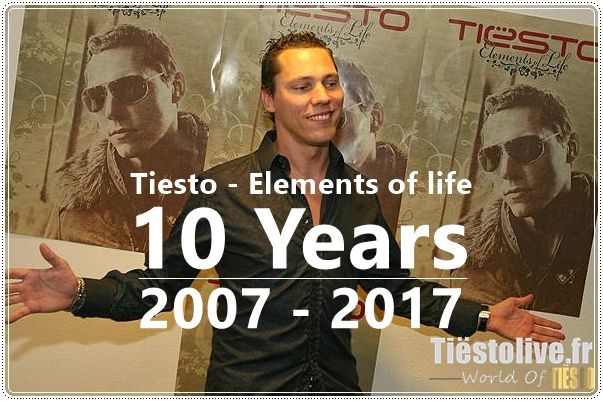

Because the present-day “movie theater,” at which one attends a single film, was not yet a fixed concept, these “shorts” would play along with feature films and even other forms of entertainment such as live dancers, musicians and comedians. Louis Blues” featured in this lesson, used a song’s lyrics as the basis for a short “scene” starring the performer and other actors. “Musical shorts,” such as the 1929 Bessie Smith film “St. After several decades of separation, it seemed that sound and image had been restored to their original relationship, arriving to the audience’s eyes and ears together. The 1927 film The Jazz Singer, which featured the acting and singing of recording star Al Jolson, was the first to synchronize sound and image. The first “talkies”–films with sound–were also musical in nature. Some suggest that the first music video was created in 1894 by Joseph Stern and Edward Mark, who set a recording of their song “The Little Lost Child” to a moving slide show and marketed it as an “illustrated song.” Though the average American did not yet own equipment to play a recording of the song, over 2 million copies of the sheet music of “The Little Lost Child” were sold. When technology for “moving pictures” emerged in the 1890s, those images were immediately applied to music. For just as soon as Edison’s invention revolutionized the experience of listening, the audience for those recordings wanted to see something as they listened. It may be, however, that there is a human desire to see as one hears. But suddenly, with the advent of recording technology, a listener could replay just the sound from a performance, and a performance that had already past. One saw a performance as one heard the music, whether it was a neighbor playing guitar or an orchestra in a concert hall. It had been that way since music was first made.

Until Thomas Edison first recorded sound in 1877, sound and image were always experienced as one.


 0 kommentar(er)
0 kommentar(er)
